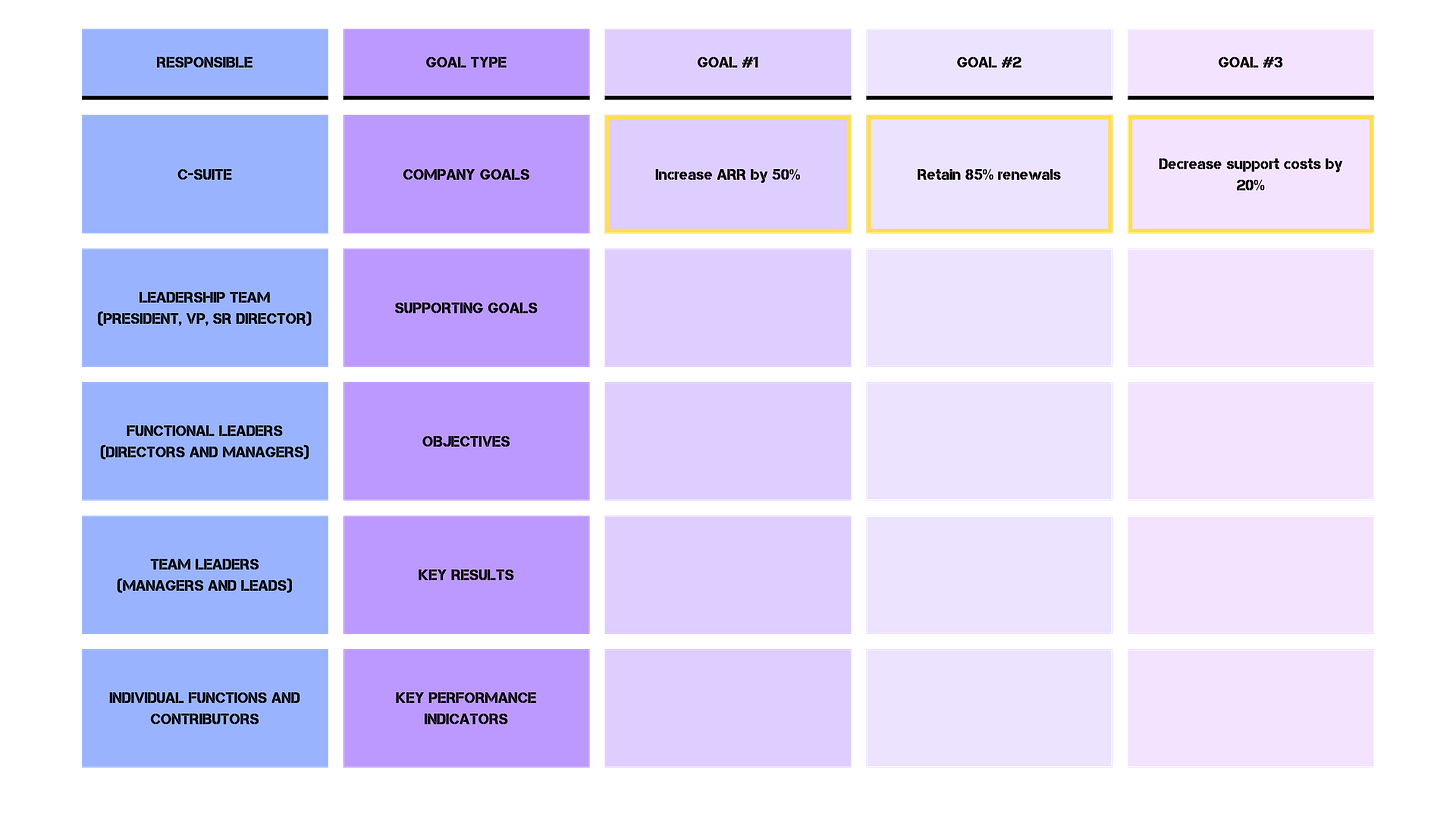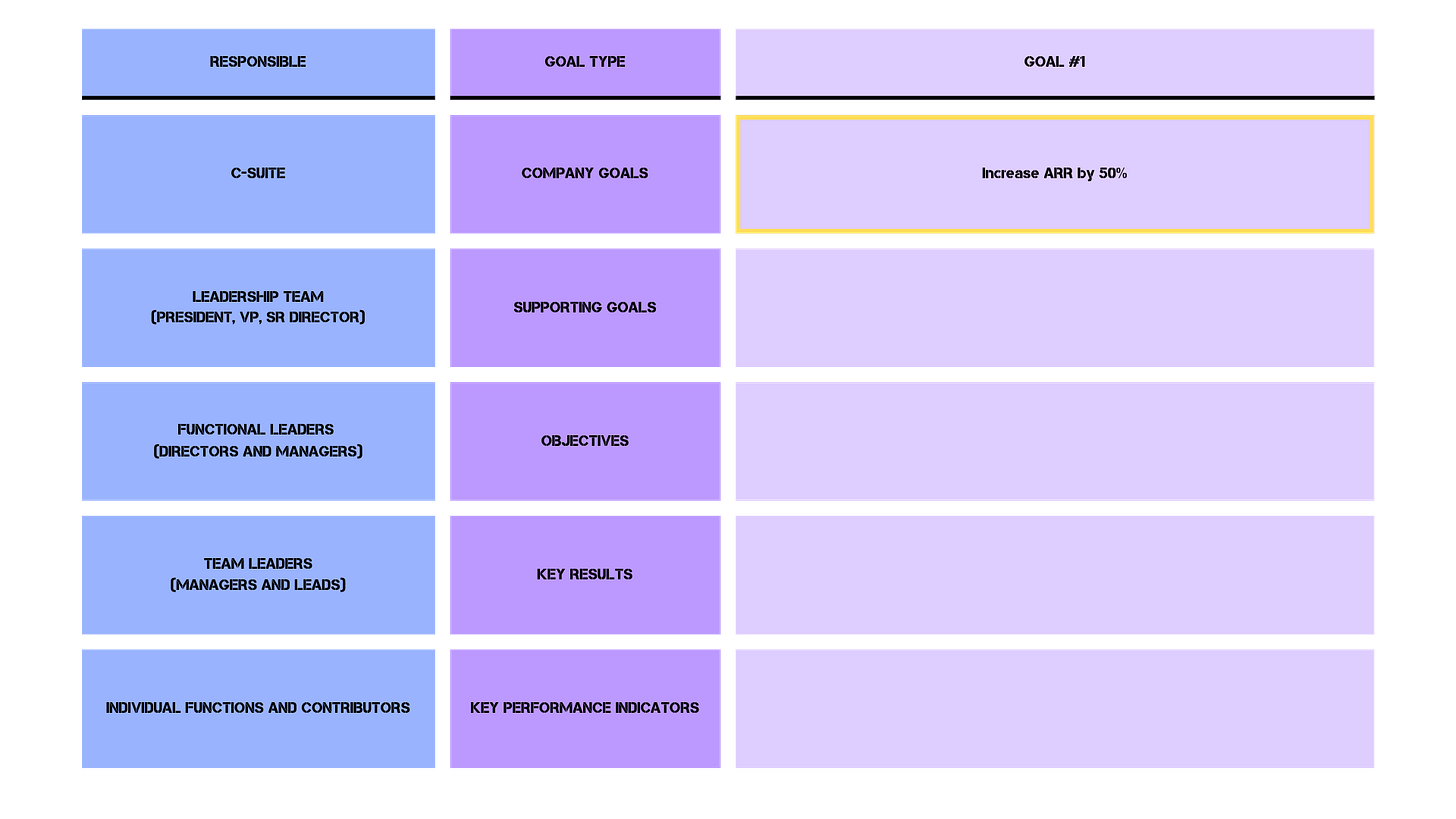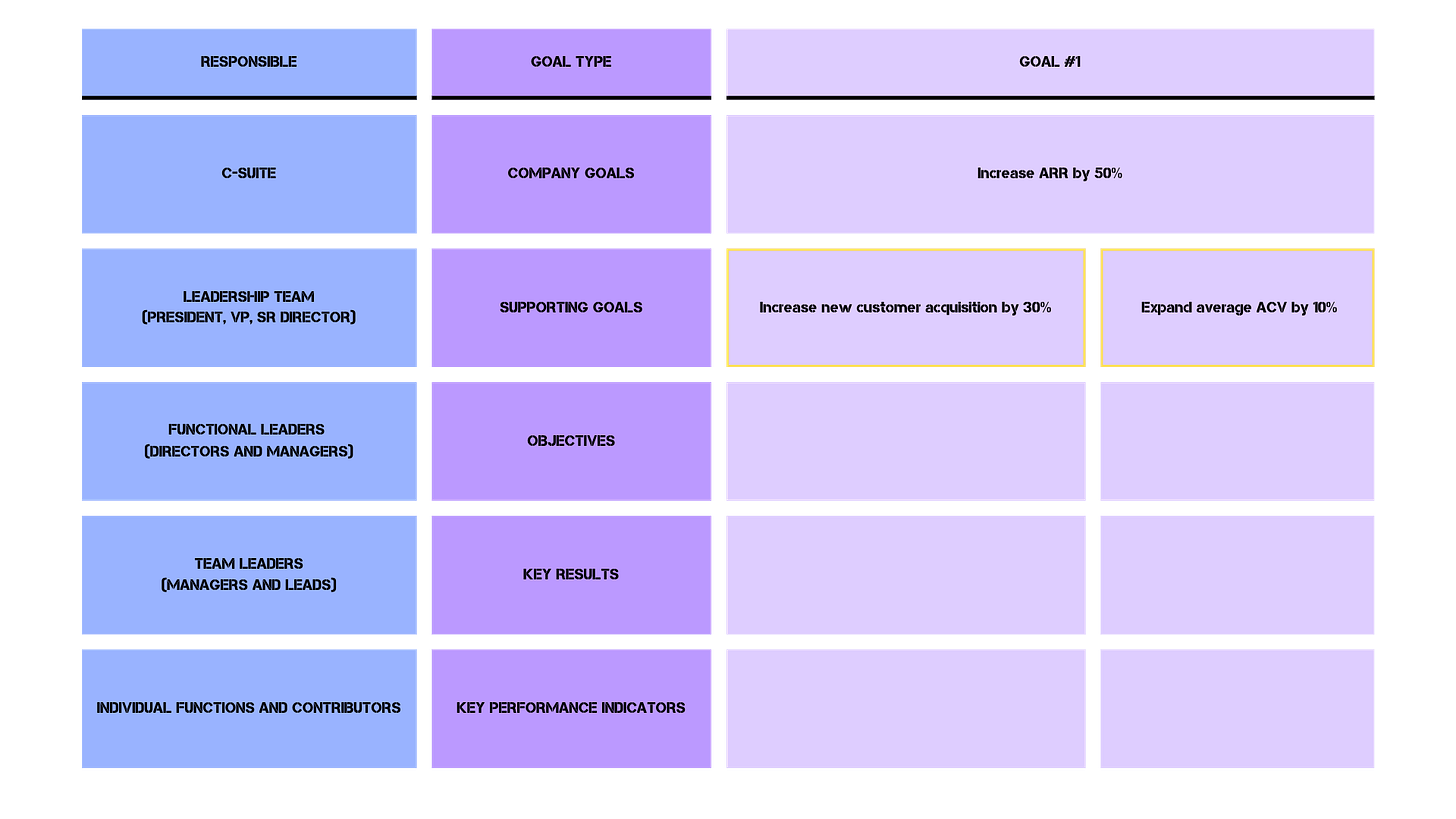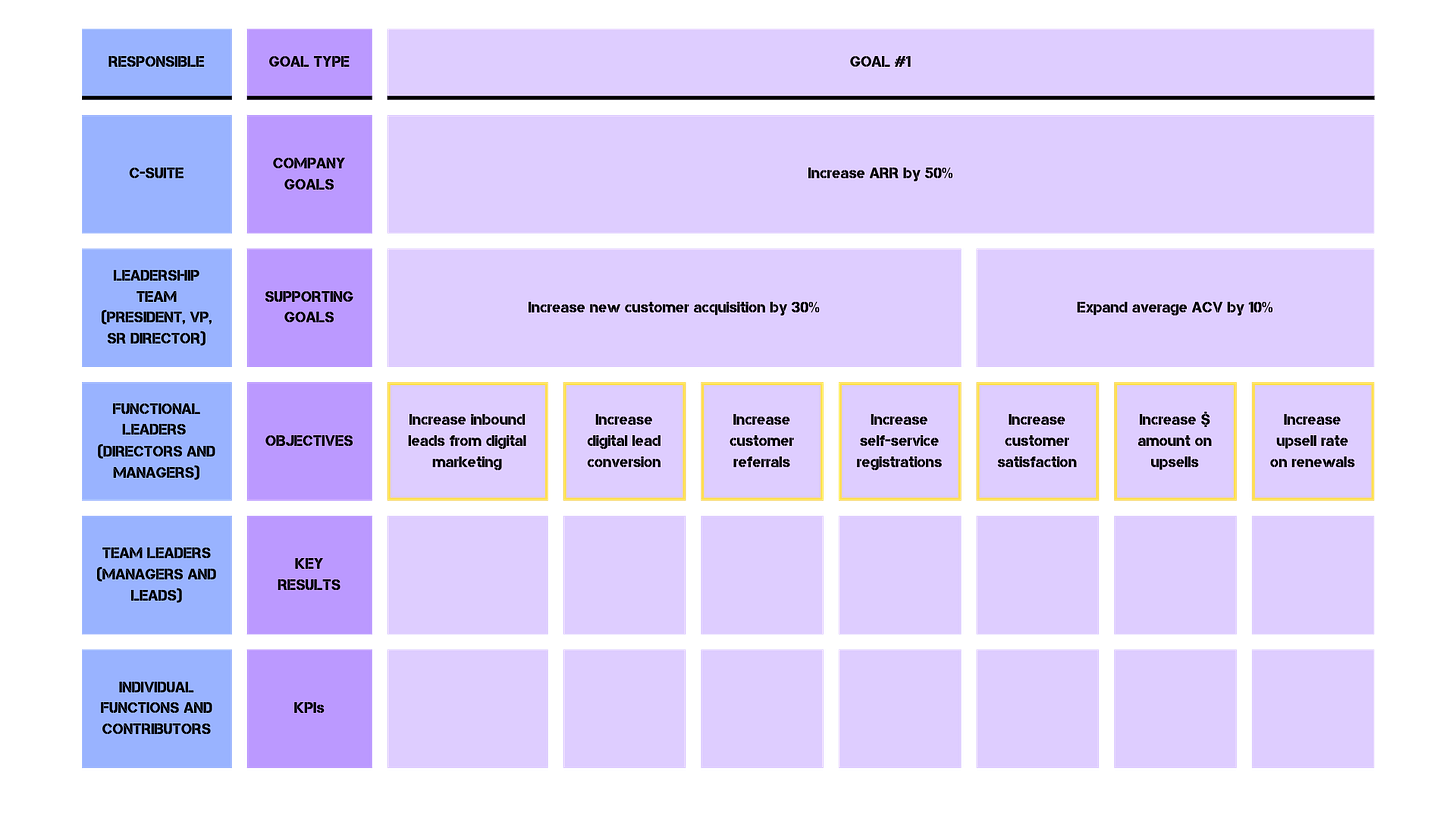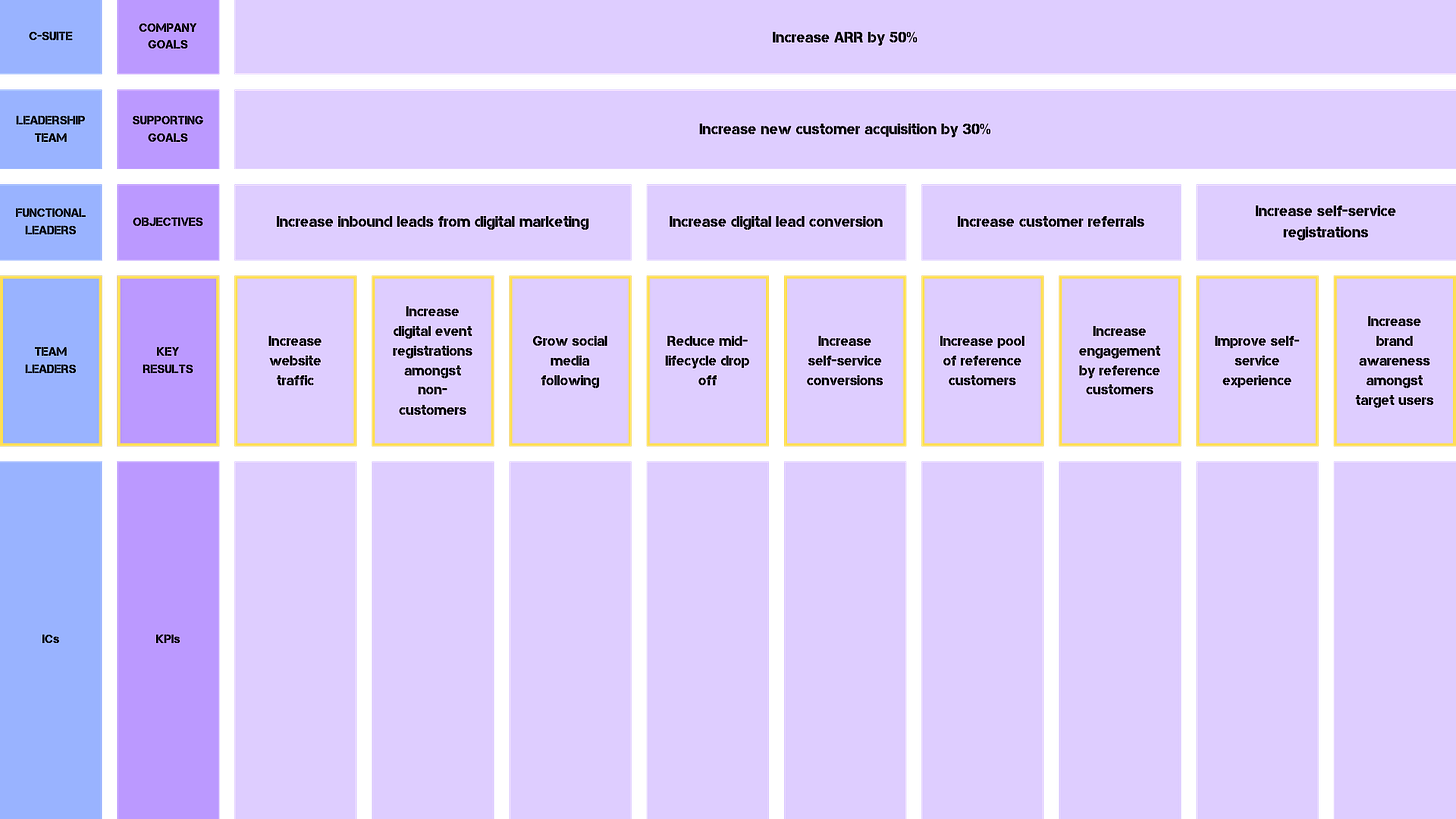When you notice a strange sound coming from your car, like a thunk or squeak that wasn't there before, you realize that something is wrong and typically will either investigate the problem yourself or go to an expert for help diagnosing the cause. Strange sounds alone aren't generally diagnostic in nature - that is, they don't actually tell you what is wrong - just that something is wrong. They get your attention and tell you to run more diagnostics to find the root cause.
MISSING CONTEXT MAKES STRANGE SOUNDS INTO JUST NOISE
The strange sounds are clear as day to you, but difficult to describe to your mechanic. To the mechanic, the sound is hard to pick out from typical car noises. Or maybe the sound stops as soon as you pull into the shop. (Raise your hand if you've ever had this happen...👋)
The mechanic is missing the context of having driven the car every day and becoming familiar with its usual sounds. They can try to troubleshoot the sound with basic trial-and-error, but it's likely that they will send you home until they can get stronger clues to what the problem is.
The strange sounds are your KPIs. The mechanic is your executive stakeholder. The KPIs are just noise to your executive stakeholder without the context of your day-to-day experiences in the community.
UNCOVERING CLUES TO BUILD CONTEXT THROUGH SHARED LANGUAGE
Today, every car is essentially a computer on wheels. Your dashboard display likely has a combination of indicator lights in a variety of shapes and an actual digital display that can display information or error codes when something in the car is malfunctioning. When one or more of these indicators is triggered, the car is providing a strong clue that the mechanic can understand to diagnose the problem and choose a course of action.
In fact, any mechanic should be capable of understanding the underlying problem causing the strange symptoms in your car by reading the dashboard indicators and error messages. The car is displaying information in a shared language that all cars and mechanics understand* - allowing the mechanic to gain the context they need to diagnose and solve the problem.
(*Yes, I know I'm oversimplifying the complexities involved in automobile maintenance. Stick with me.)
WHAT THE HECK DOES AUTOMOBILE MAINTENANCE HAVE TO DO WITH COMMUNITY METRICS!?
So, coming full circle, the goal-building framework below should help to build the common language that you and your stakeholders and executives need to easily understand what part the community program plays in the company's success.
Goal-Setting: A Step-by-Step Guide
To start, repeat after me:
Operational KPIs DO NOT MEAN ANYTHING ON THEIR OWN.
Step 1: C-Suite (typically, CEO) sets the company's goals. These shouldn't change too frequently, as the CEO should be focused on the company's core objective: making money. Making money happens in only a few basic ways. You either add revenue or you subtract costs. There are a lot of different tactics to achieve either of these outcomes, but the overall math is the same.
Example: In this example, we will focus on adding revenue.
Example: As mentioned above, the two methods for increasing revenue are to acquire new customers or expand existing customer contracts. The main changes to these metrics over time will be the benchmarks set by the leadership team, i.e. what % change are we targeting during this particular time period?
Step 3: Distribute the worksheet to your functional leaders with lines one and two filled in. The functional leaders should now identify the strategic inputs they want to influence to achieve the supporting goals that the leadership team laid out. As a reminder, Objectives are not tactics. They are outcomes. What happens as a result of my team doing a great job this quarter?
Example: In this example, each team adds their respective contributions towards this goal. The marketing team is focused on their leads and conversions, whereas the sales team is focused on customer referrals and the customer success team is focused on upsells and renewals. Okay, none of this is new news, so let's move on.
Step 4: Pass the worksheet to your team leaders who are responsible for setting Key Results for their teams. Key Results are the tactical results of the team's work during the period. Here's where things start to get interesting. What you'll start to notice as we go deeper into this framework is the natural separation of these key results into functional ownership areas. I bet you can already guess where each of these key results will live.
Notice, though, that this does not mean that each team has its own separate OKRs!
Example:
For the sake of visibility, I am zooming in on our example worksheet to see the details of the first supporting goal: increasing new customer acquisition.
**Note: These are by far not the only or even the best tactics for every situation. This is not a guide on how to increase your customer acquisition, remember?
Step 5: This is where each individual will add their contribution towards achieving the Key Results for the team. Those contributions can be tracked with Key Performance Indicators or "Metrics" as they are often short-handed.
These are probably the metrics you're used to reporting up to your leadership team and honestly, they have no idea what to do with them. These are metrics like: "Increase SEO ranking by X" or "Increase engagement by Y" (🤮). These are meaningful metrics to you because they tell you if what you're doing is actually impacting the higher-level metrics that are important. But, remember, without context, indicators don't mean anything to anyone.
Let's repeat that one more time to make sure it sticks.
Operational KPIs DO NOT MEAN ANYTHING ON THEIR OWN.
If your SEO ranking goes up, but your sales conversion doesn't move (or worse, goes down), that will tell you something - something important even. The KPI is indicating that you need to dig deeper to figure out what's going on. Do research. Ask questions. When the expected results don't match the actual results, the KPIs should trigger corrective action. But that's not something you want your executives spending time worrying about.
In conclusion: Report the Right Data to the Right Audience at the Right Time with the Right Context.
Stay salty, friends.




